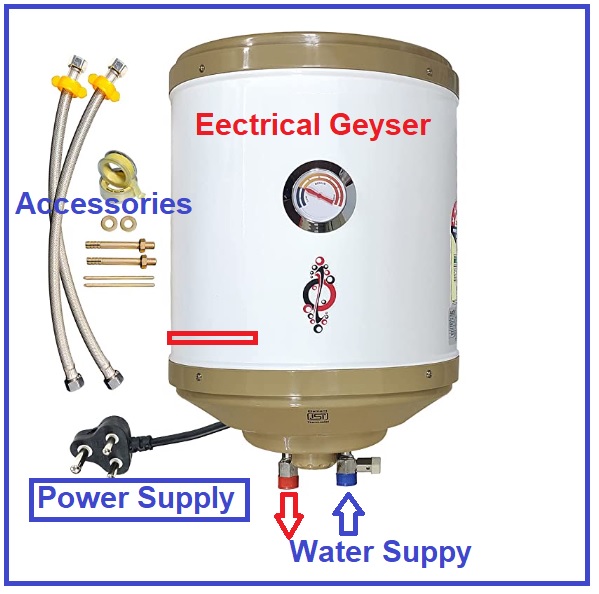Properly sized geyser sizes lead to reduced bills.
Properly sized geyser sizes lead to reduced bills.
Blog Article
How to Pick the Right Geyser to Make The Most Of Energy Performance in Your Home
From understanding the different kinds of geysers, to examining their power efficiency rankings and considering placement method, each choice plays a vital function in maximizing effectiveness. Allow's embark on this journey to find just how to make the most enlightened choice for a geyser that will minimize your power costs while ensuring optimal performance.

Recognizing the Different Kinds Of Geyser
While there are various kinds of hot springs offered on the marketplace, understanding the distinctions between them is vital for power effectiveness (geyser sizes). The initial type, storage hot springs, are the most typical and shop warm water in a storage tank for usage when needed. They are offered in various capacities and are typically energy-efficient, yet they can lose warm when not being used
The second type is the tankless geyser, which heats up water on need, leading to less energy waste but requiring a higher initial power draw. Solar geysers make use of solar energy to heat up the water, making them the most energy-efficient yet likewise the most pricey.
Assessing Your House's Warm water Demands
Before diving right into the purchase of a hot spring, it is critical to assess the hot water needs of your home. This analysis ought to consider various factors including the number of family participants, frequency of warm water usage, and the number of hot water outlets in the home (geyser sizes). A small family with infrequent warm water usage may call for a smaller, less effective geyser compared to a bigger family members with several daily warm water needs
The sort of appliances that call for warm water additionally play a considerable role. Dishwashing machines and washing makers, as an example, may call for more warm water than a simple shower or cooking area sink. Certain tasks such as bathing or cleaning additionally influence the frequency and quantity of hot water needed.
Reviewing Energy Effectiveness Rankings of Geyser
Having evaluated the warm water demands of your home, it is essential to turn your attention to the power performance ratings of geysers. These scores, generally offered as Energy Aspect (EF), show a hot spring's overall power effectiveness based upon the quantity of warm water produced per unit of fuel taken in over a normal day. The greater the EF, Recommended Site the more efficient the hot water heater.

Considerations in Geyser Dimension and Positioning
Beyond power performance scores, the size and placement of your geyser are important aspects to think about. The size of the geyser should align with your household's warm water demands. A little geyser may use less power yet might not offer enough warm water for numerous usages at the exact same time, whereas a bigger system can meet better need however might take in more power.
Geysers must be installed close to factors of use to decrease warm loss during water transport. Additionally, taking into consideration thermal insulation, a geyser situated in a warmer area sheds less warmth and as a result uses much less power to preserve the water temperature level.
Expense Evaluation: Balancing First Investment and Long-Term Financial Savings
While size and positioning most certainly play considerable duties in a hot spring's energy effectiveness, one must not overlook the economic aspect. When taking into consideration the initial investment, the rate of energy-efficient geysers can be greater than standard designs. Nevertheless, the raised upfront expense can be balanced out by lasting energy cost savings, click reference making it a rewarding financial investment in the future.
Analyzing long-term cost savings calls for an understanding of the geyser's power ranking. An appliance with a higher rating will take in much less power, converting to reduced energy costs over time. Additionally, federal government rewards and discounts for energy-efficient devices can additionally aid recoup initial costs.
Finally, maintenance and lifespan should be factored in. Energy-efficient geysers frequently have longer life expectancies and lower maintenance costs, adding to overall financial savings. When balancing first financial investment and long-lasting cost savings, one ought to consider not just the acquisition price yet also power intake, federal government rewards, and maintenance prices.

Conclusion
These include recognizing the types of hot springs, examining your family's hot water demands, examining energy performance scores, and calculating price benefits. The appropriate geyser size, positioning, and insulation can substantially decrease power expenses and environmental effect.
Report this page